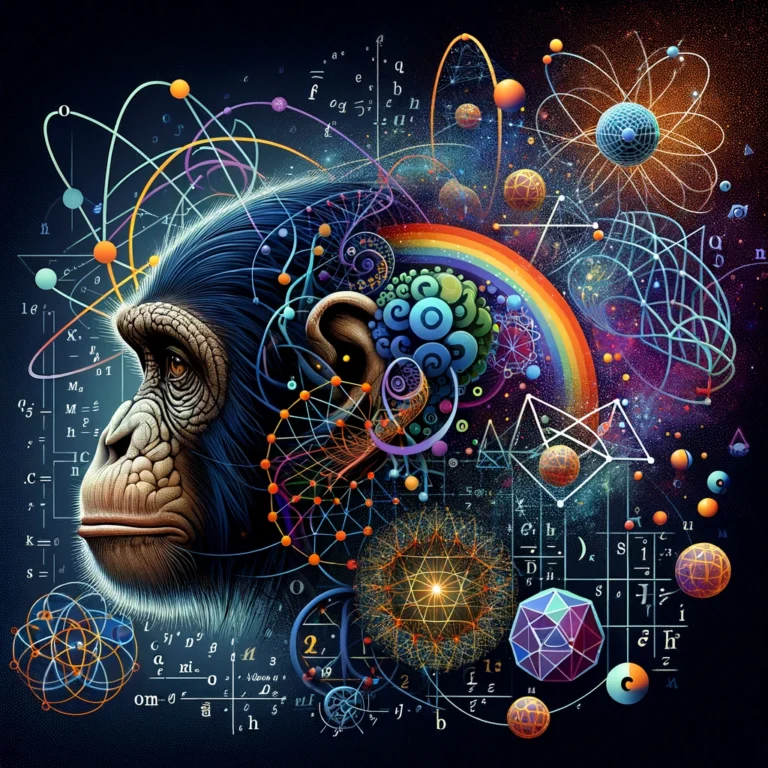Introduction
Creating high-performing, effective artificial intelligence (AI) models is a challenge that many researchers and practitioners face. One approach that has proven to be particularly effective is contrastive learning. This technique leverages the power of contrast to create strong, meaningful representations of data, and in this post, we’ll explore how contrastive learning can enhance AI training.
The Fundamentals of Contrastive Learning
Contrastive learning is a machine learning technique that involves training models to differentiate between pairs of similar and dissimilar data points. This process helps the models to create more nuanced and informative representations of the data, which leads to better performance and more accurate predictions.
The Advantages of Contrastive Learning
Contrastive learning offers several benefits that make it an effective technique for enhancing AI training. For example, contrastive learning can improve model accuracy, particularly when there is limited labeled data available. Additionally, contrastive learning can enhance model robustness by creating more meaningful representations of data, leading to more effective decision-making. Lastly, contrastive learning can be applied across a wide range of problems, including natural language processing, computer vision, and recommendation systems.
Implementing Contrastive Learning
To implement contrastive learning, you need to create a dataset of pairs of similar and dissimilar data points. You can then train your model to differentiate between the pairs using various techniques such as siamese networks, triplet networks, and others. Additionally, you can apply data augmentation techniques to further improve the effectiveness of contrastive learning.
Applications of Contrastive Learning
Contrastive learning has many practical applications in real-world scenarios such as natural language processing, computer vision, and recommendation systems. In natural language processing, contrastive learning can help create better representations of words and sentences, improving language models’ accuracy. In computer vision, contrastive learning can help create better representations of images, leading to more accurate image classification and object detection. In recommendation systems, contrastive learning can help create more effective recommendations, leading to improved user engagement and satisfaction.
Conclusion
Contrastive learning is a powerful technique that can significantly enhance the accuracy and robustness of AI models across a wide range of applications. By leveraging the power of contrast to create more meaningful representations of data, contrastive learning enables AI models to better understand the underlying patterns and relationships in the data, leading to better performance and more accurate predictions. If you want to take your AI training to the next level, incorporating contrastive learning into your workflow could be the key.
Additional Resources
If you want to learn more about contrastive learning and its real-world applications, check out these helpful resources:




